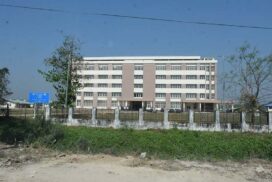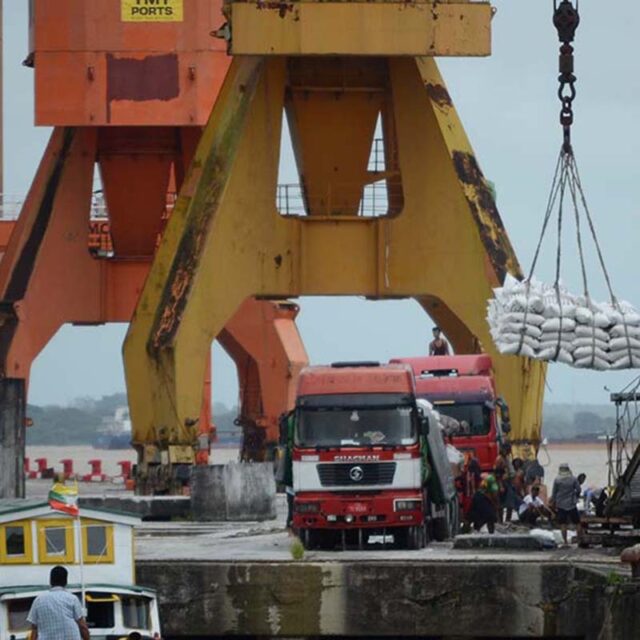In recent days, Myanmar has experienced slight and moderate earthquakes, serving as a stark reminder for its residents to remain vigilant as the climate transitions from monsoon to winter. The Department of Meteorology and Hydrology has issued a press release indicating the impending withdrawal of the monsoon from the southern part of Myanmar, which could contribute to seismic activity.
On 23 September, a 3.7 Richter Scale earthquake struck an area 10 kilometres deep below the epicentre, located 21 miles west of DaikU in Myanmar and 67 miles north-northeast of the Kaba Aye observatory station. The coordinates were 17.81° north latitude and 96.34° east longitude at 17 hours, 3 minutes, and 43 seconds Myanmar standard time.
Although earthquakes are unpredictable natural disasters, it is important for humans to take proactive measures to mitigate earthquake-related risks and raise public awareness. Relevant government departments have released guidelines outlining the dos and don’ts related to earthquake dangers, emphasizing the importance of collective preparedness by both authorities and citizens to mitigate the impacts of earthquakes. Collaboration and vigilance are key in safeguarding communities against this ever-present threat.
Additionally, on the same day, a weather statement from the department reported another slight earthquake, registering 5.1 on the Richter Scale. This earthquake occurred at a depth of 10 kilometres, approximately 12 miles southwest of Bago, Myanmar, and 27 miles northeast of the Kaba Aye observatory station. The coordinates were 17.23° north latitude and 96.32° east longitude, at 20 hours, 54 minutes, and 35 seconds.
Furthermore, a separate slight earthquake with a 3.7 Richter Scale magnitude struck 21 miles west of DaikU at 5 hours and 33 minutes on the same day. These seismic events notably impacted residents in the downtown Yangon area, North and South Dagon Myothit townships, Insein, and North Okkalapa townships.
Earthquake experts explain that earthquakes result from sudden movements and shaking of underground rock layers, often associated with geological faults. Throughout global history, powerful earthquakes have triggered tsunamis, causing widespread destruction of both living and non-living entities.
Earthquake experts estimate that there are approximately 500,000 earthquakes worldwide each year. Of these, about 100,000 earthquakes can have significant impacts, with 70-75 events of them being destructive enough to affect society profoundly. It’s essential to understand that severe earthquakes can lead to a series of subsequent slight earthquakes.
Although earthquakes are unpredictable natural disasters, it is important for humans to take proactive measures to mitigate earthquake-related risks and raise public awareness. Relevant government departments have released guidelines outlining the dos and don’ts related to earthquake dangers, emphasizing the importance of collective preparedness by both authorities and citizens to mitigate the impacts of earthquakes. Collaboration and vigilance are key in safeguarding communities against this ever-present threat.













